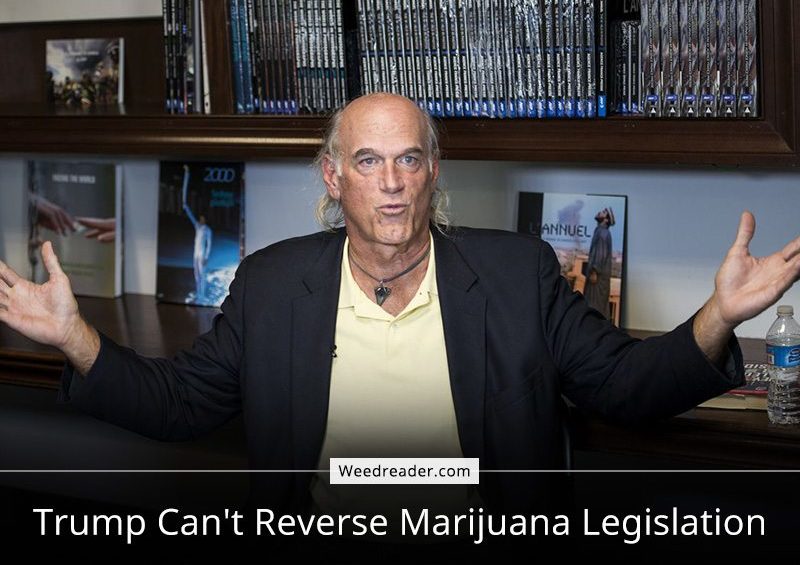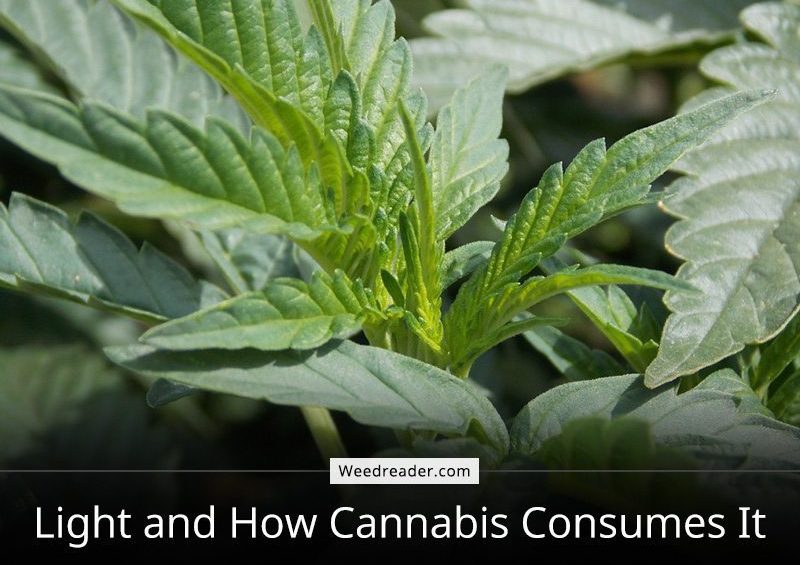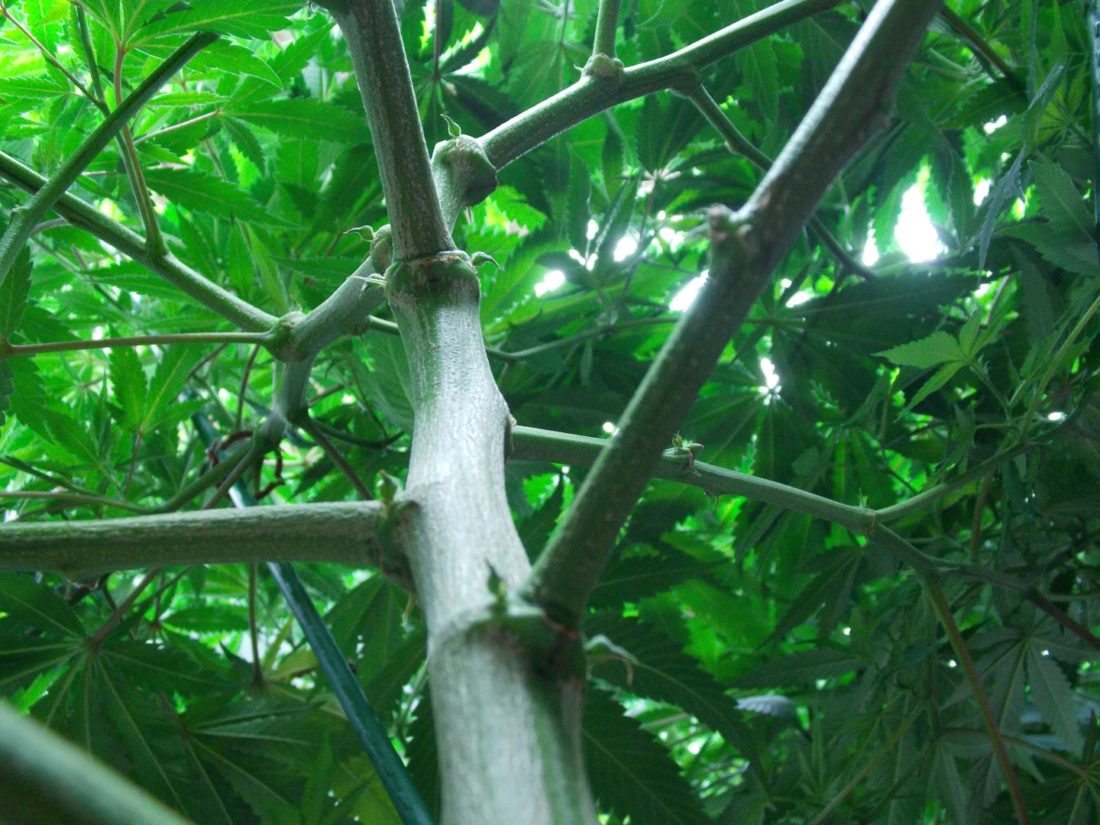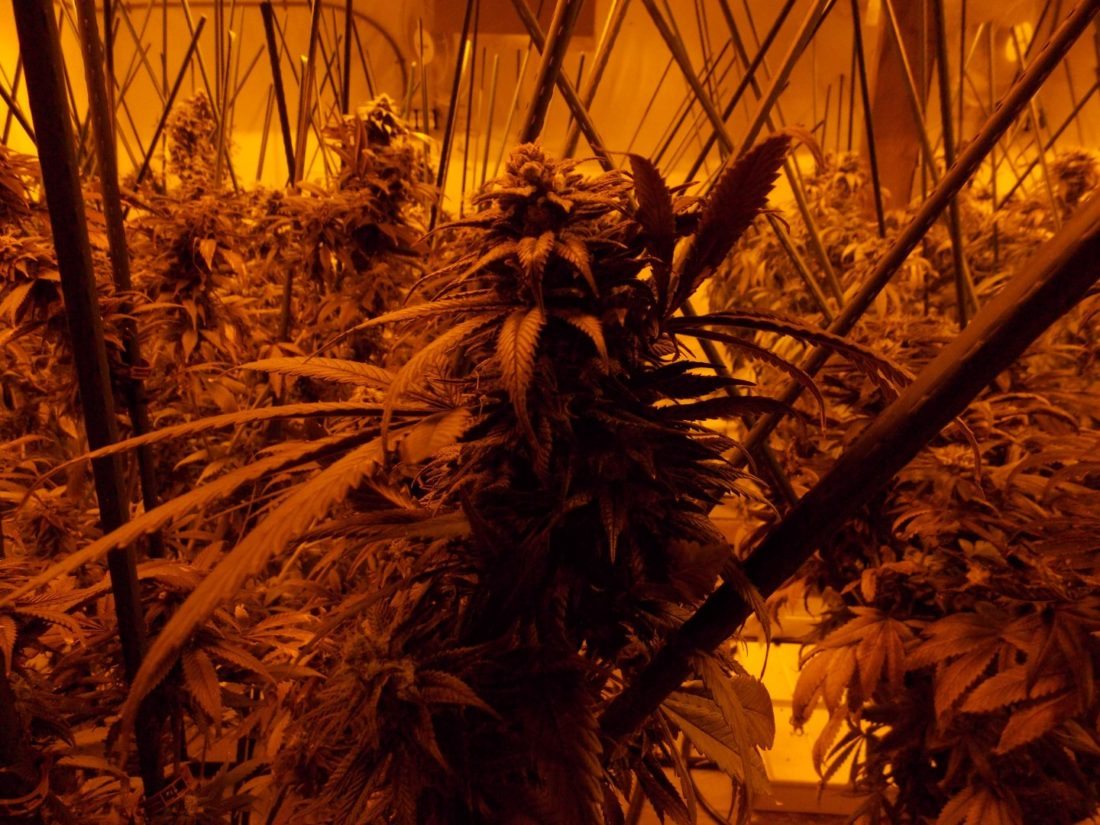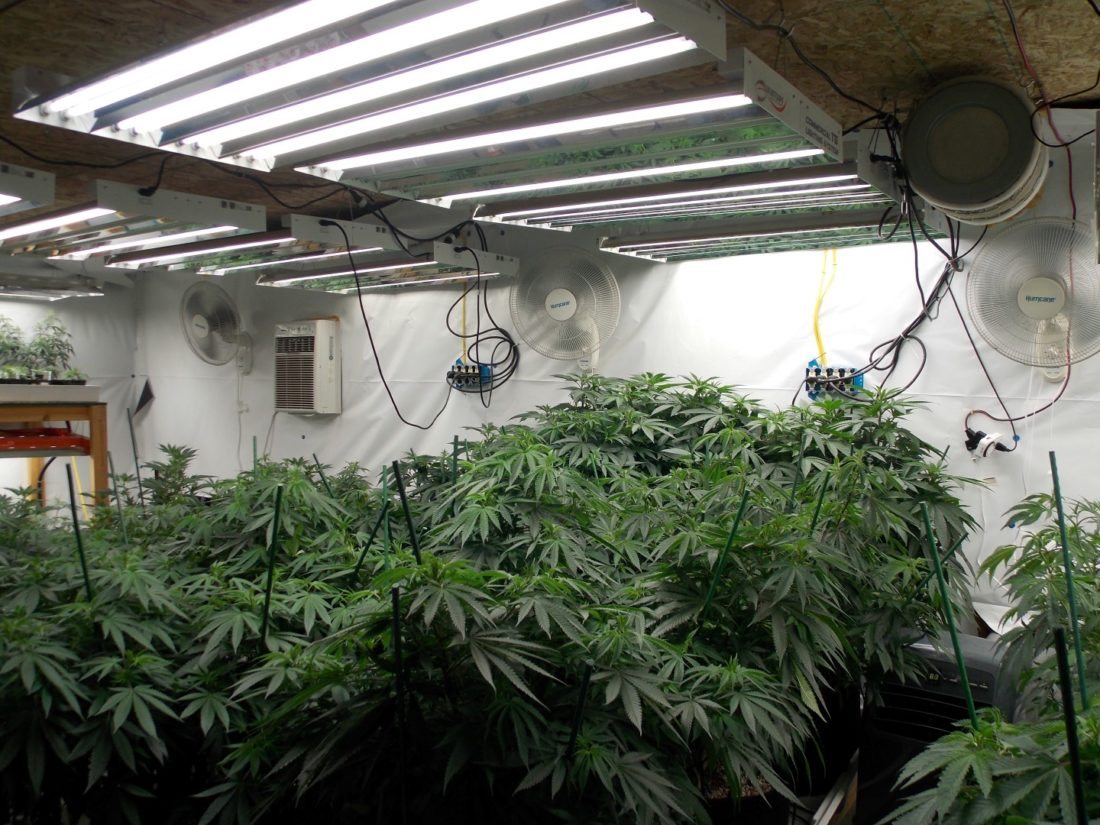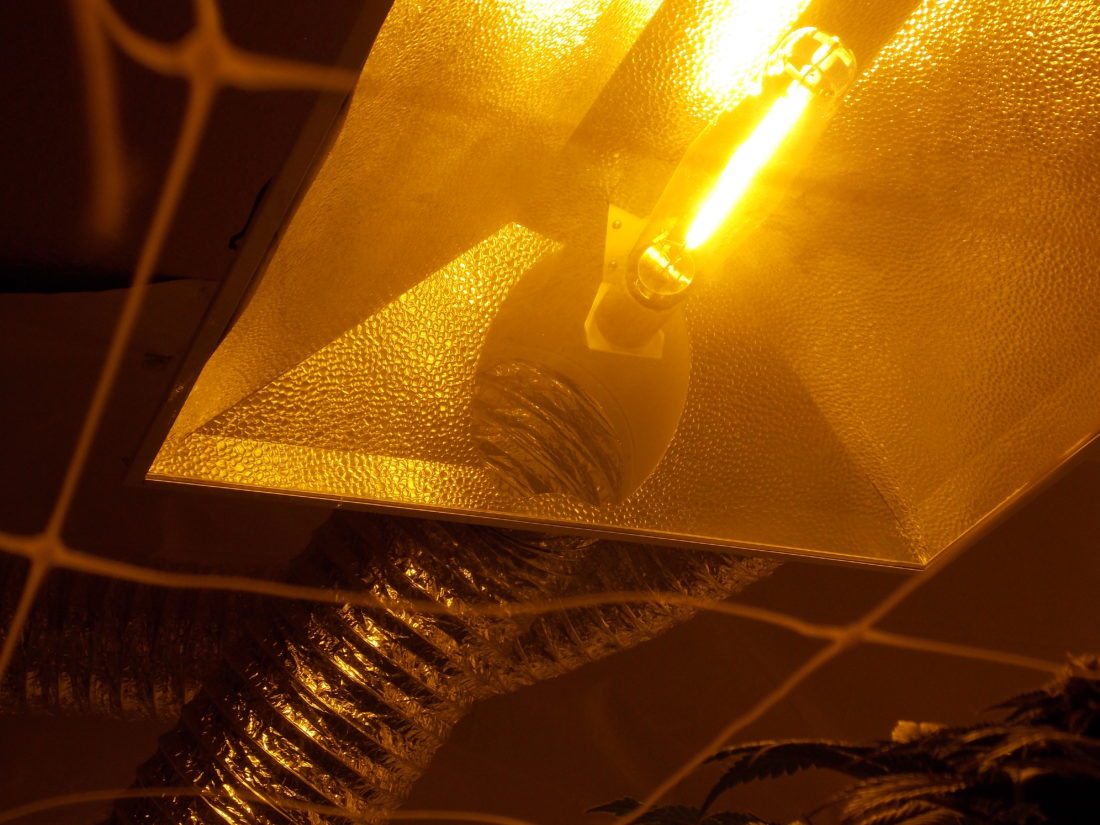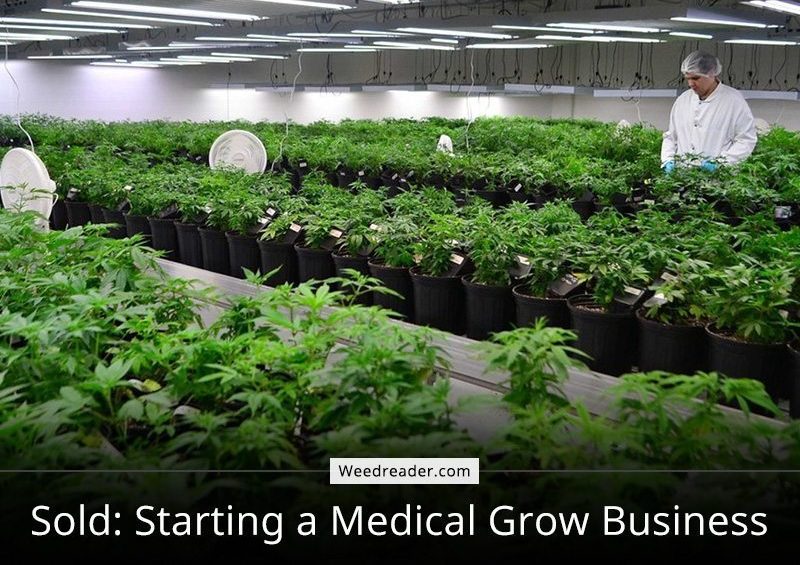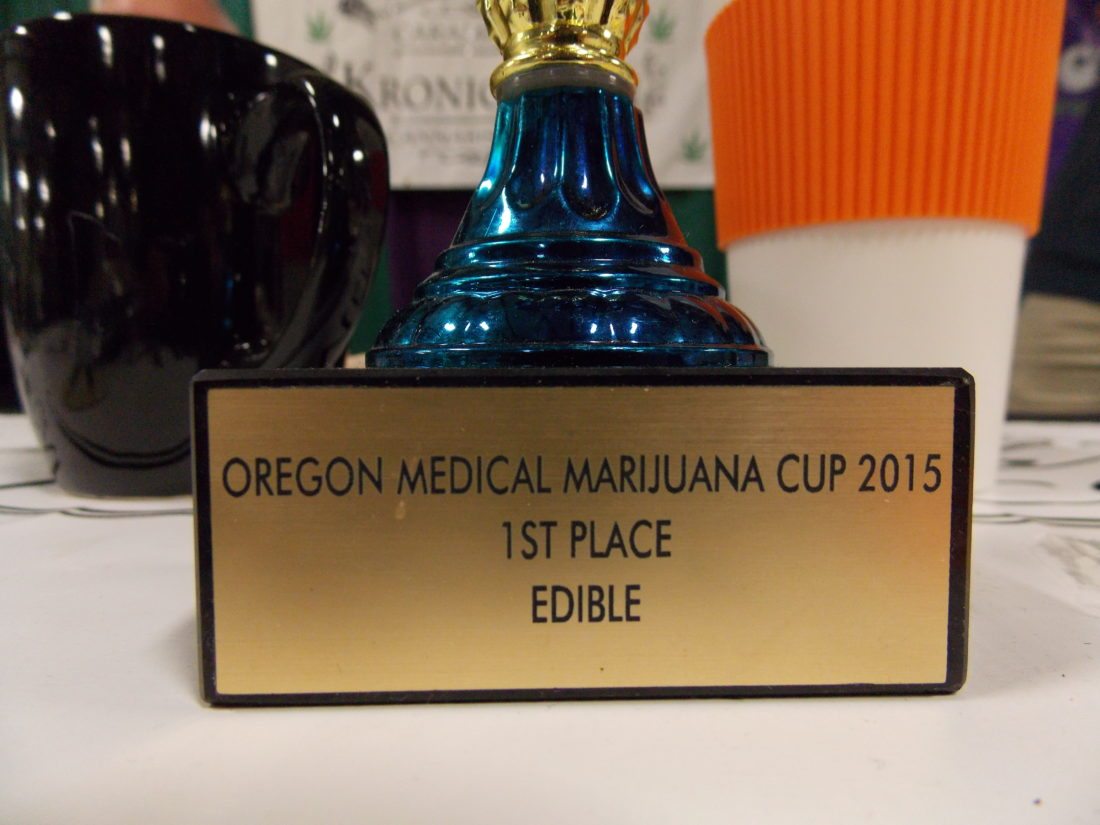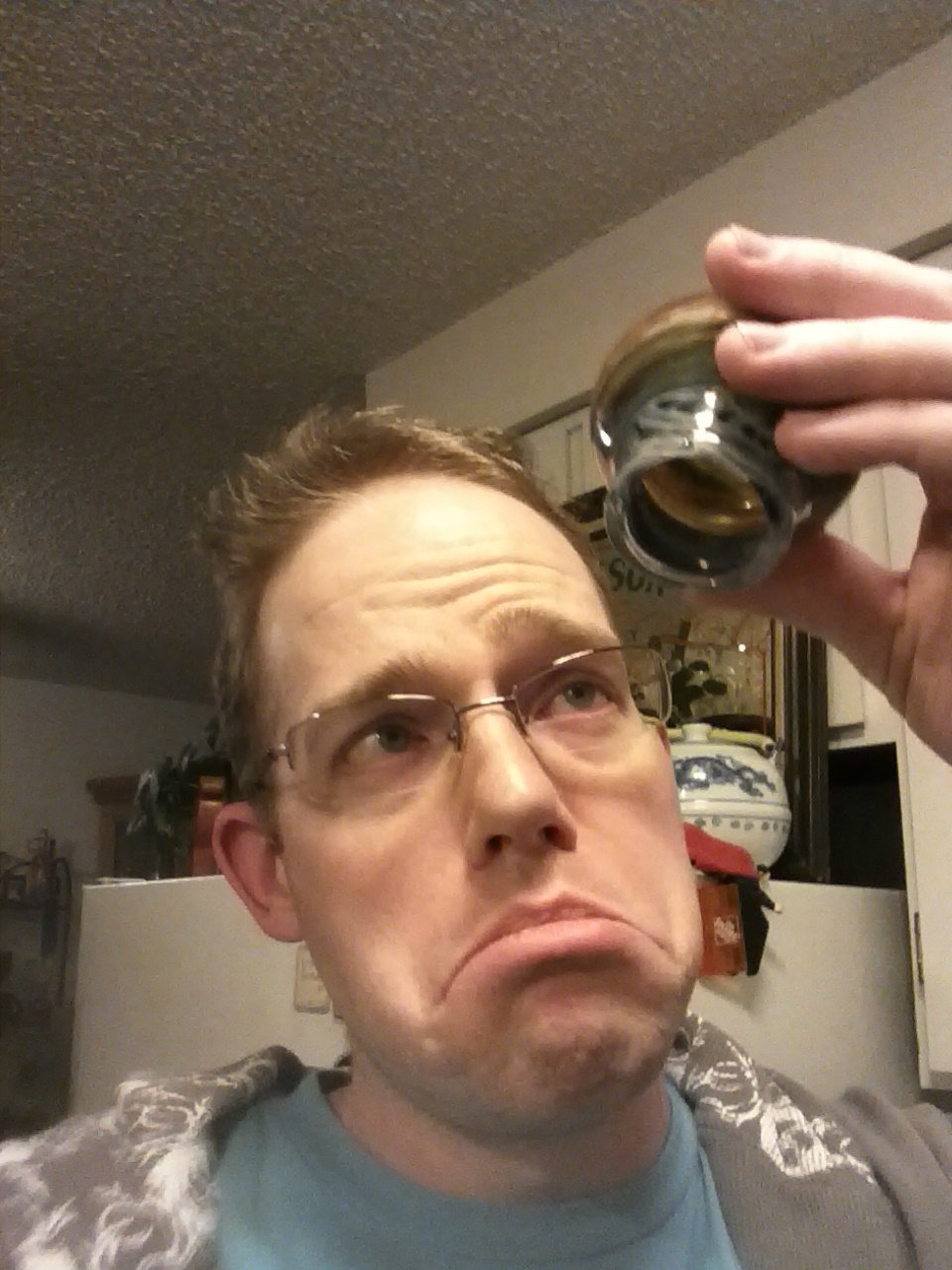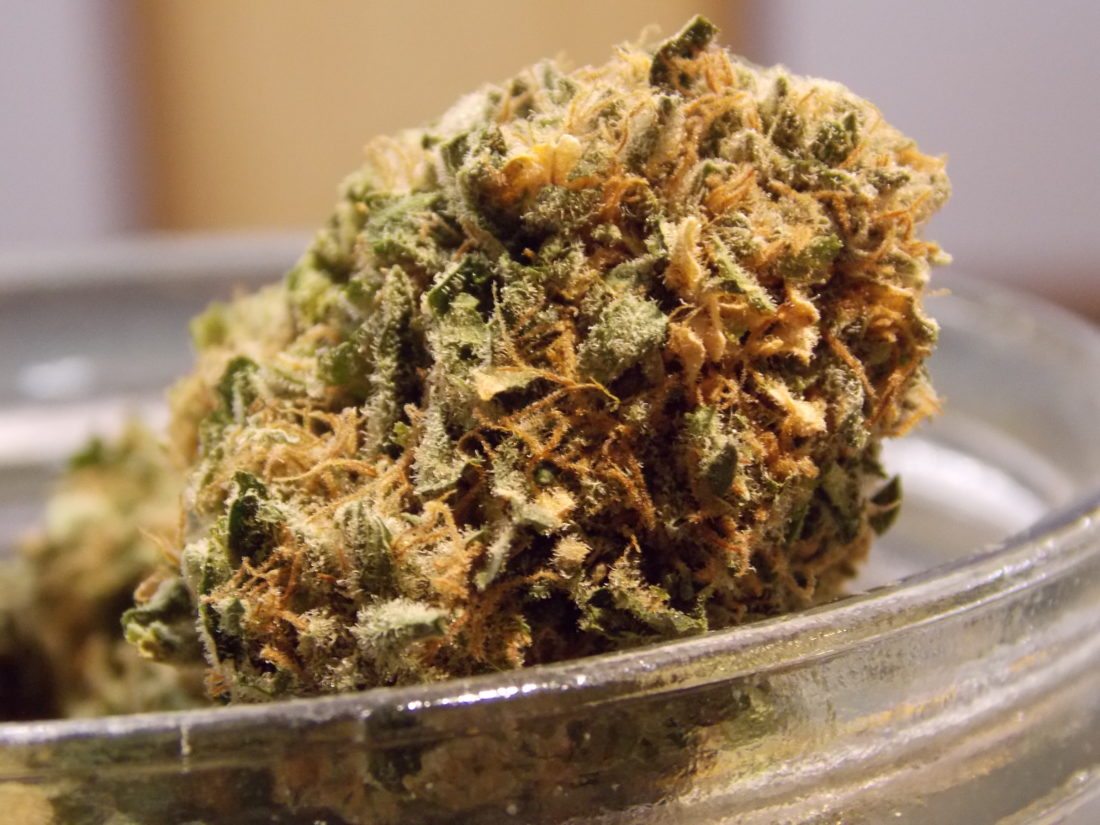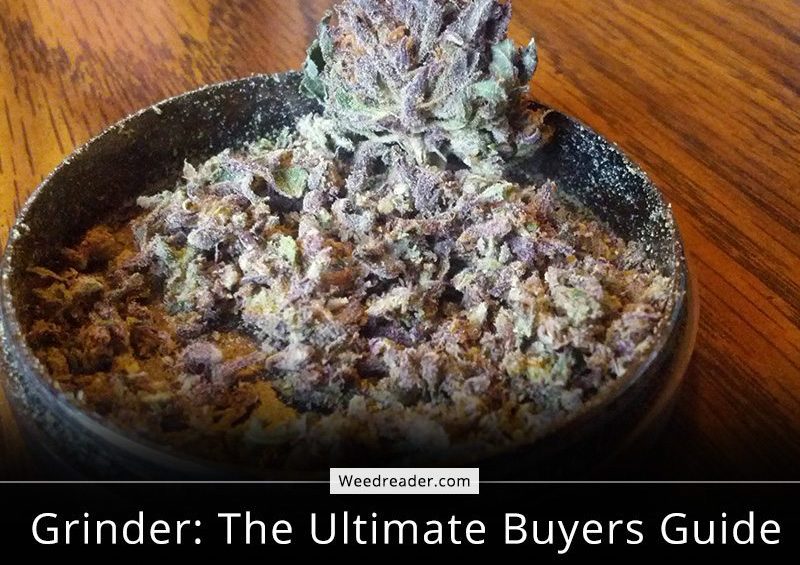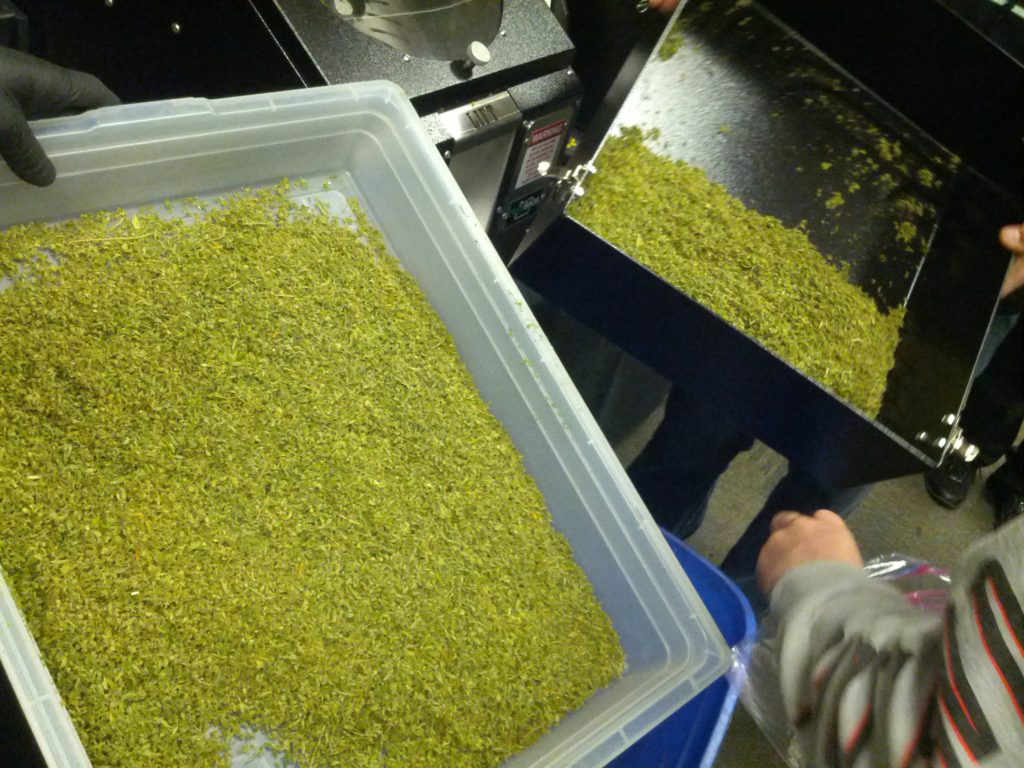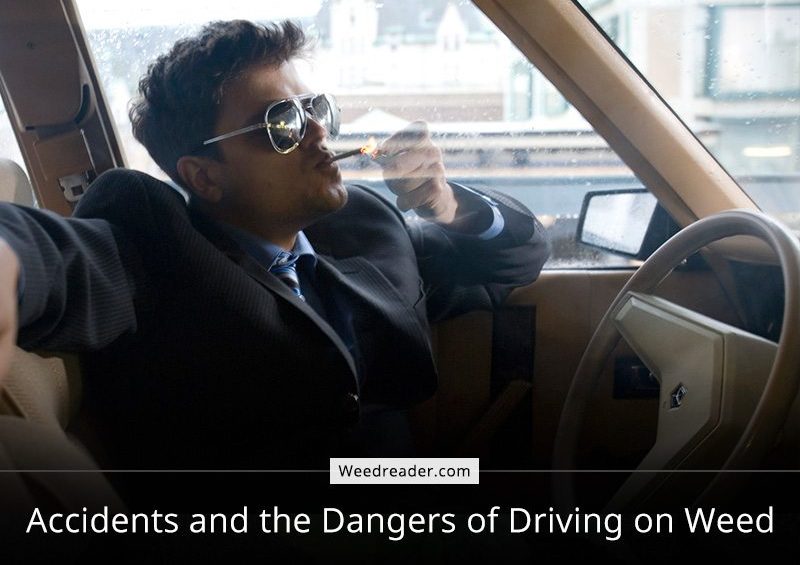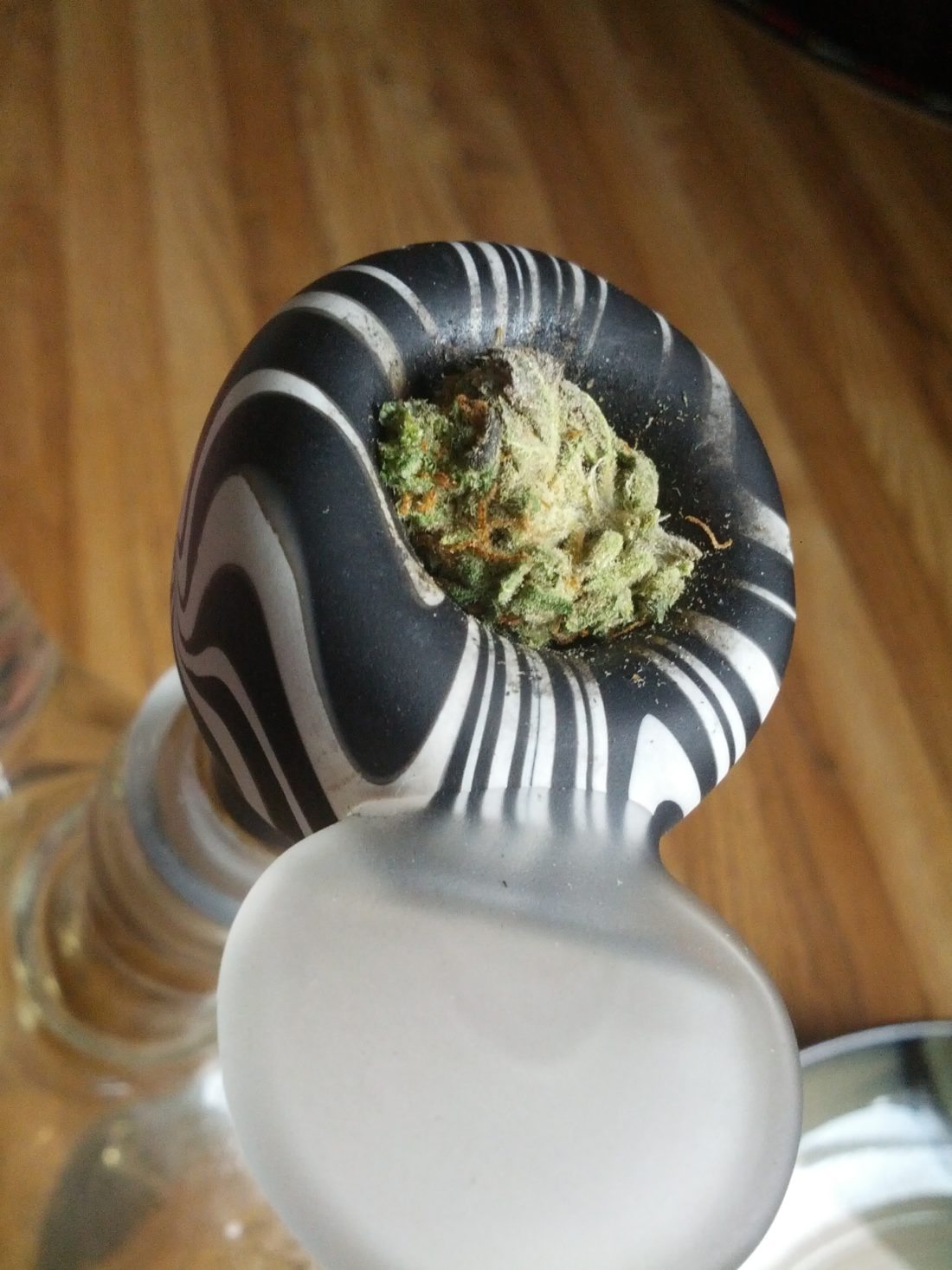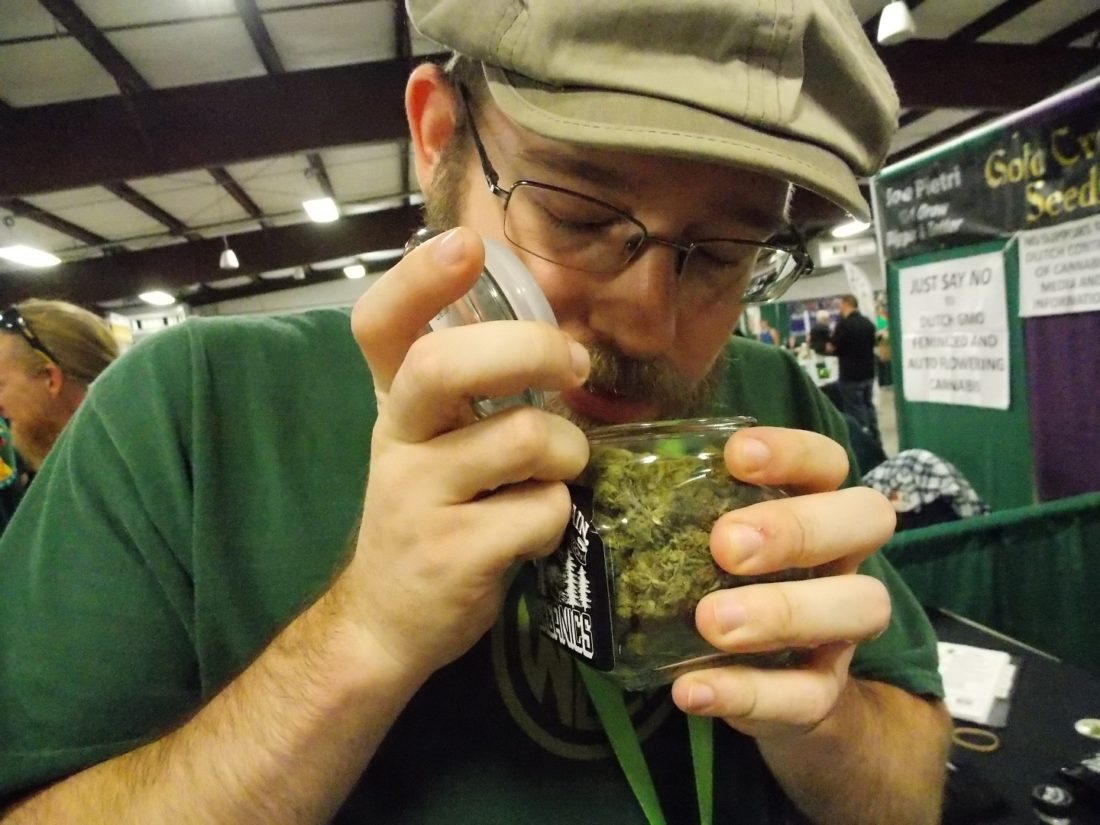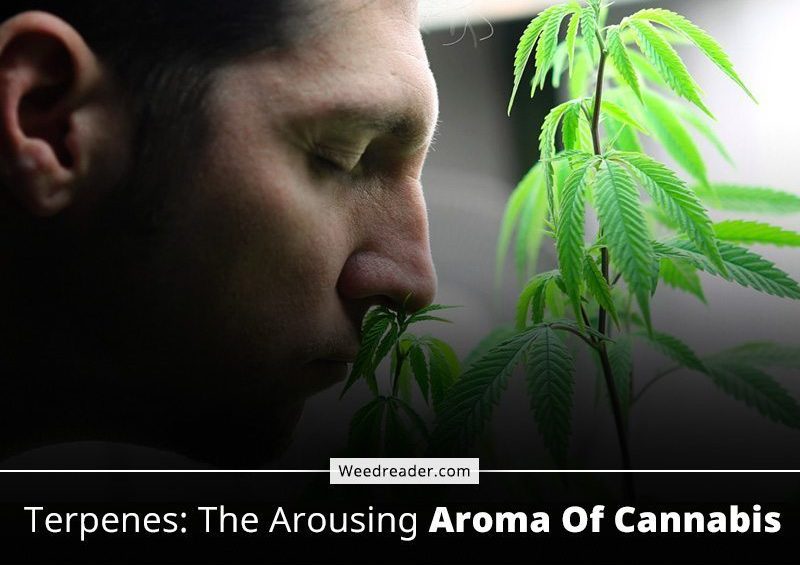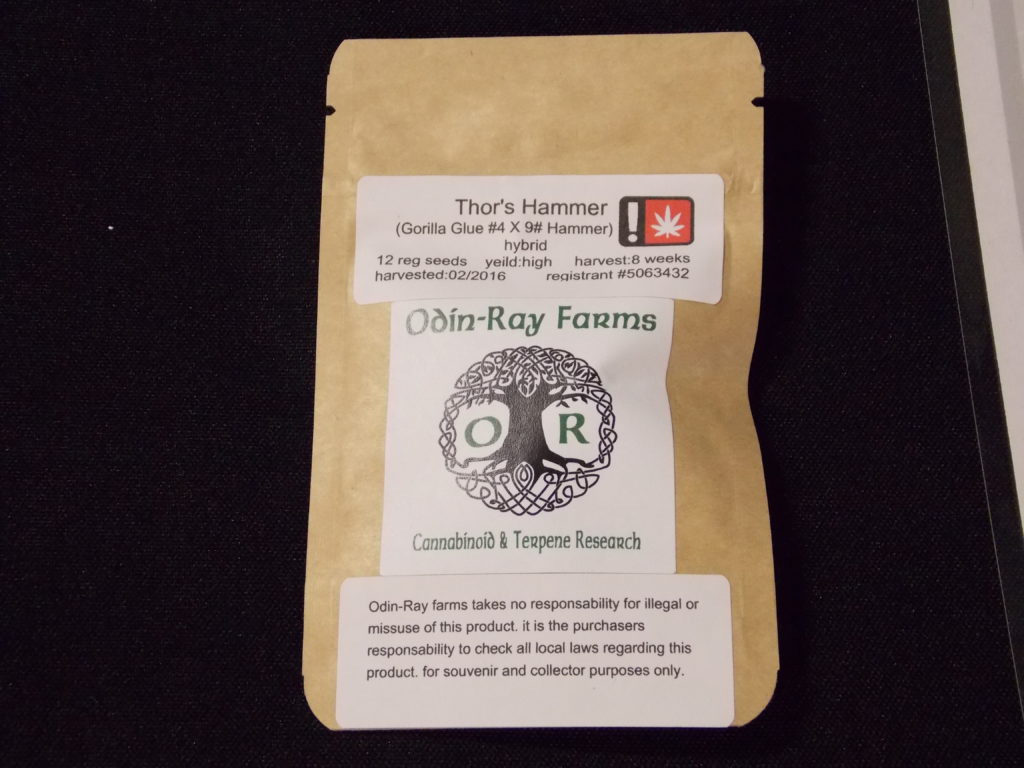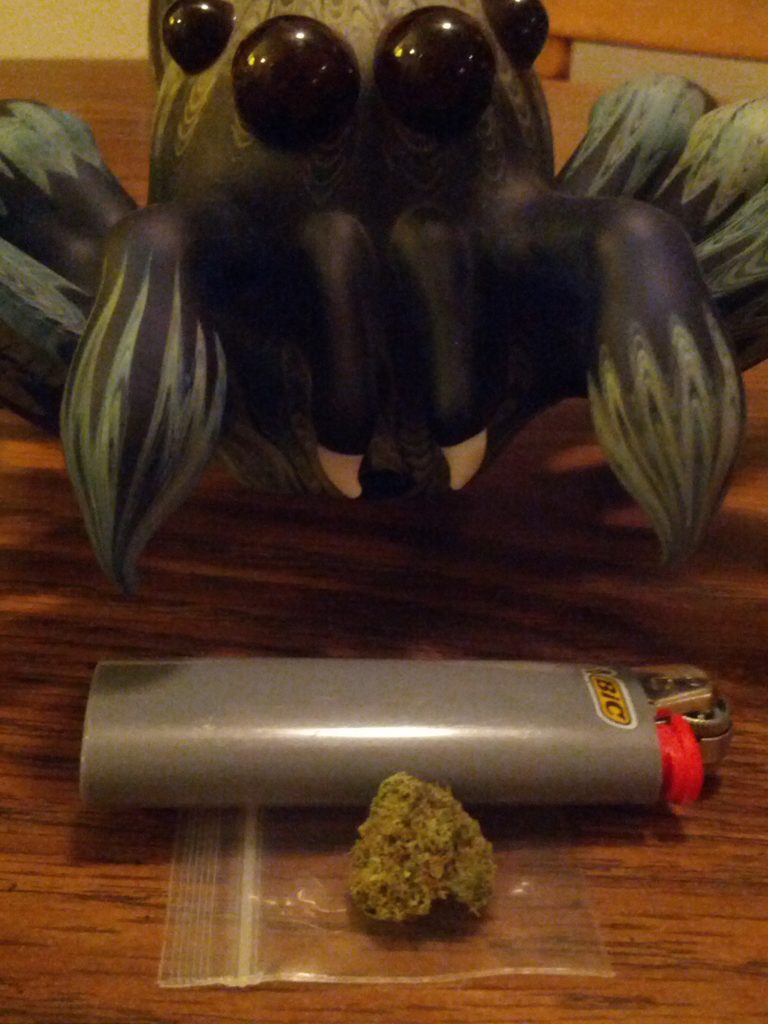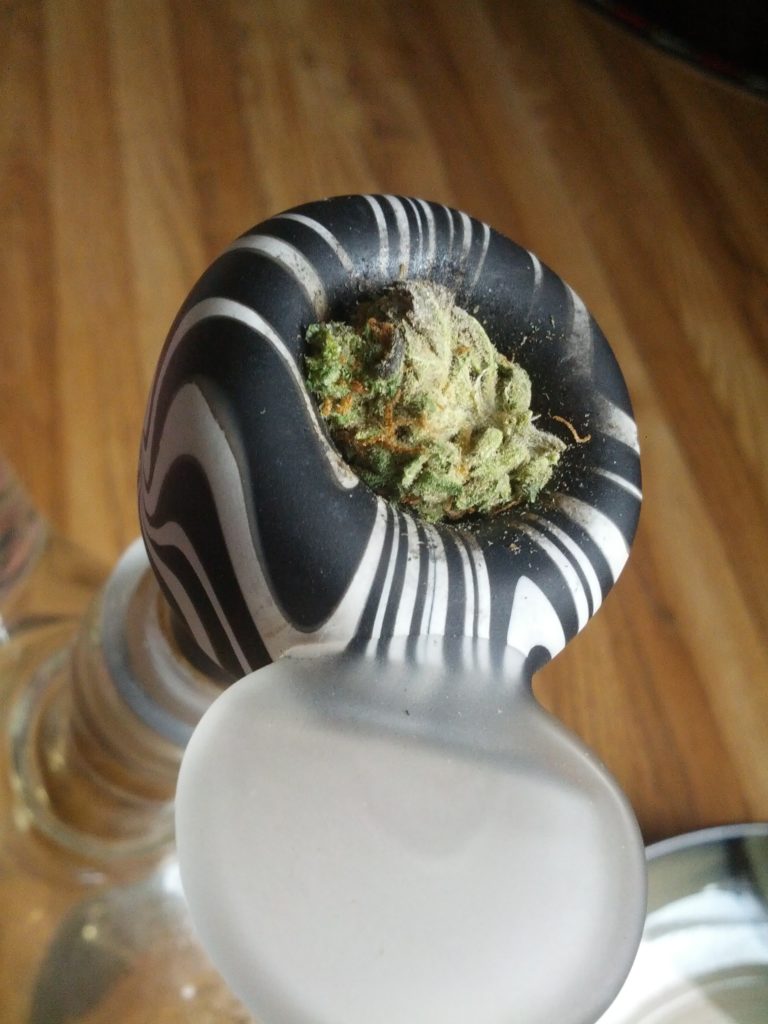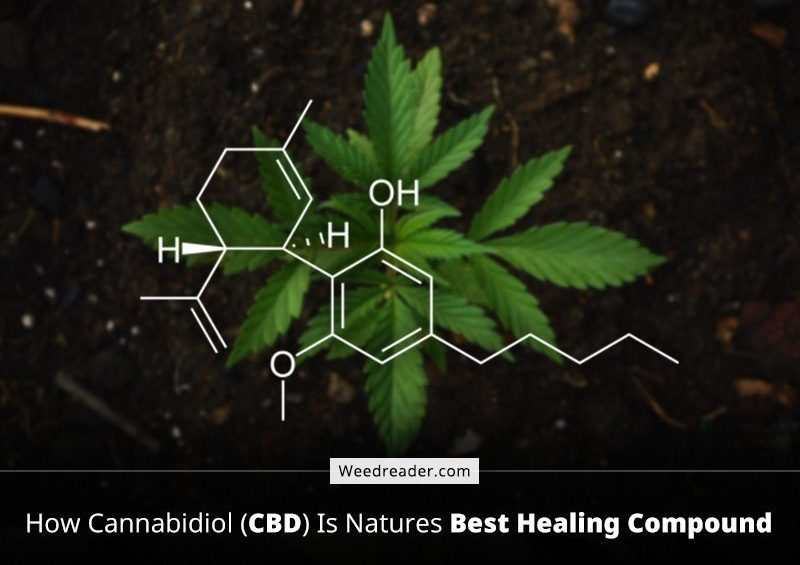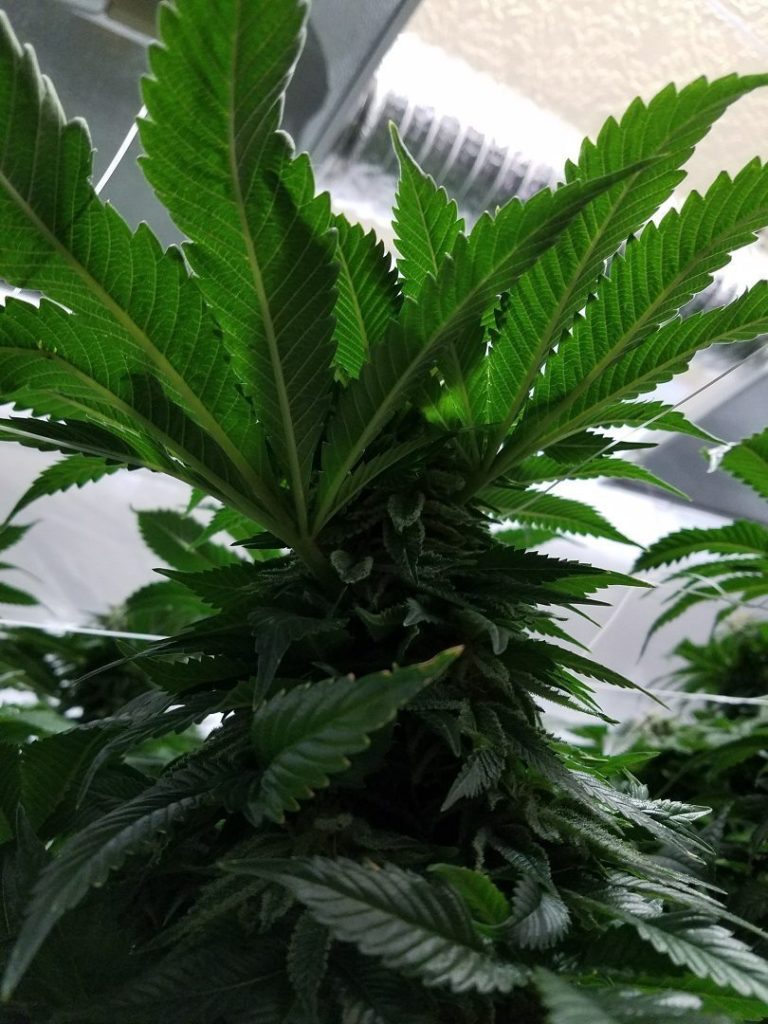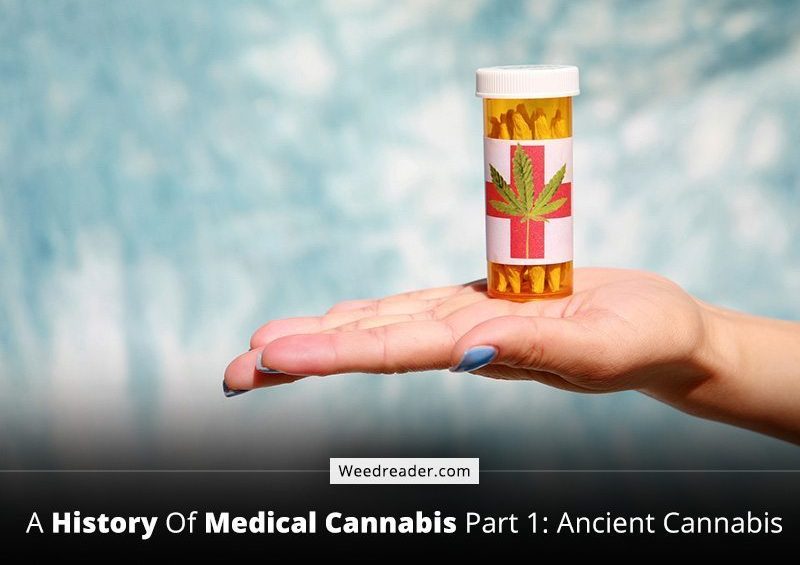Jesse Ventura is a jack of all trades.
He started his career as a U.S. Navy Underwater Demolition Expert. He eventually became a professional wrestler, actor, author, television host and political commentator. He debuted his political career by running for governor.
As the 38th Governor of Minnesota (from 1999 – 2003) he accomplished several achievements including overseeing Minnesota’s property tax reforms. After his stint as governor, Jesse decided to fight for the legalization of cannabis.
Ventura recently gave a keynote speech at the Cannabis World Congress Business Expo in New York City (CWCBExpo). It is the preeminent trade show for the cannabis industry. Cannabis connoisseurs of all fields joined the party; from marijuana and hemp farmers, to cannabis activists and thousands of like-minded individuals. He said the experience was truly refreshing.
Individuals in the legal cannabis industry form a united front.
Jesse Ventura learned how the united front was working to get the federal government to accept the marijuana industry. “When it comes to economics, let me put the state of marijuana to you in this way: If Trump reverses state law, he’ll be crippling if not bankrupting the states that have legalized marijuana,” Jesse said. According to Jesse, over half of the states have now legalized marijuana (medical, recreational, or both).
As a result, the states are receiving millions of dollars in tax revenue. If Trump reverses state law regarding cannabis, then there will be a country-wide budget crisis. When all the revenue sources are outlawed, where will the money come from?
Jesse explained why reversing marijuana legislation will change the nation.
Jesse gave a great analogy using the auto industry bail-out. He said that about $80 billion of tax payer money was used to bail-out the auto industry. The auto industry gets to pay back their debt over time.
There is not going to be a bail-out when marijuana legislation becomes reversed. It’s like saying that a multi-billion dollar industry will vanish over-night. The domino-like fallout would cause hundreds of thousands of Americans to become unemployed. The resulting economic chaos includes millions of dollars in unpaid mortgages, bankruptcies and tax shortfalls in every state in the Union .
According to a report by New Frontier Data, the marijuana industry is on-track to create a quarter of a million jobs by 2020. The marijuana industry was worth $7.2 billion in 2016 and is compounding at a rate of 17 percent annually. Medical marijuana sales will grow from $4.7 billion to $13.3 billion by 2020. Recreation sales are also booming from $2.6 billion in 2016 to $11.2 billion by 2020.
There is real danger for the financial health of the country.
Jesse reiterates again, “If Trump reverses state law, he’ll be crippling if not bankrupting the states that have legalized marijuana. This action go against the will of the people who voted for legalized marijuana. The action will cause yet another economic collapse.” It’s hard to argue with Jesse’s facts and reasoning.
Colorado currently has a $1.3 billion thriving cannabis industry. And that industry is paying for their student’s scholarships, police stations, libraries, new streets and bridge repair. When the money stops flowing with no replacement, how is Colorado supposed to recover from the loss.
California will earn $1 billion in cannabis tax revenue by 2018. In California, they expect to bring back American farms by growing hemp fields in rural areas that are struggling for a chance to thrive. But reversing marijuana legislation would crush the hopes of reviving American agriculture.
The cannabis industry is an American workforce comprised of American entrepreneurs, employees, and customers. And it’s not practical to expect business owners to outsource labor, production or processing to other countries. So businesses have to find a work-around.
Cannabis business owners will always find a way to thrive.
Due to federal law, American cannabis owners are expected to stay up-to-date on all cannabis related laws and regulations. And cannabis business owners struggle to keep up with the new marijuana legislation while trying to run a business. And they can’t even get a bank loan or find a safe space to store their money.
The community will find a way to succeed, even though marijuana legislation seem to be working against them. If the worst-case scenario happens, Jesse says that American cannabis business owners will go Canada and set up shop there.
Many marijuana refugees could go to Puerto Rico because the IRS Tax Code 280E does not apply. Mexico just legalized medical marijuana, so we can expect many owners to set up shop there too. Cannabis isn’t going to disappear, it’ll just get relocated along with its billions.
Jesse says, “The president doesn’t have the power to overturn votes”.
At the CWCBExpo, Jesse pled with cannabis business owners to not maximize profits to secure a golden parachute when things go south. Jesse said, “That’s not the united front the American cannabis industry is after.” The united front he talks about at the CWCBExpo are thoughtful business owners who’ve seen cannabis legislation change over time. They are also doing all that they can to work with lawmakers and educate citizens to continue that trend.
Jesse says that the cannabis industry is about innovation as much as it is about fighting against oppression. When the American people vote to legalize something, it should become legalized. The government doesn’t have the right to overturn that vote. American industry is about creating a better place for everyone and for future generations to come.
Ventura tried to add an air of calm to the storm that surrounds American government today. Tax money makes a great difference in the communities that generate it. Taxes should go toward schools, roads and libraries and cannabis taxes actually do.
American business owners should not be worried that Trump or any president will revert business regulations. It takes more than sitting at a tiny desk and signing a piece of paper. And it takes effort to erase the best thing going for America right now. But that doesn’t mean he won’t try. Unfortunately, Jesse Ventura doesn’t believe he can succeed.

